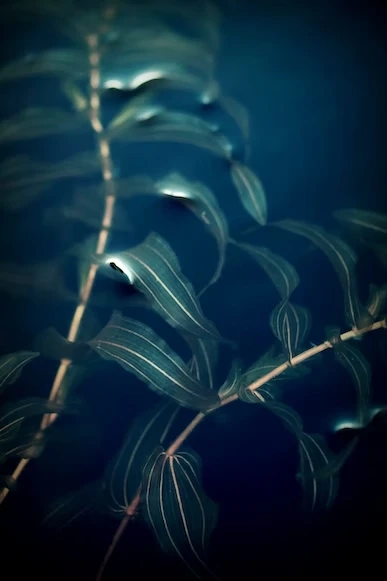Plants produce their food through photosynthesis. This food is important for plants and other living organisms that consume these plants. Observing a pondweed while the water bubbles up can be a fascinating way to learn about photosynthesis. Students will notice that water bubbles up more intensely when the pondweed is placed near a light source. It’s a great way to demonstrate various species of pondweed and how they can be used during the experiment.
The bubbles can be counted to identify the rate of photosynthesis. You can also collect the gas in a micro syringe or a pipette, and the students can also observe the changes under various light intensities and colours.
Blades Biological Ltd is a leading biology equipment supplier in the UK. They are committed to helping researchers and students learn more about the fascinating world of science. They provide various science education specimens, including microscope slide sets, living plants, blood products, preserved specimens, and other living organisms like bacteria and protozoa.
They also provide different aquatic plants to conduct pondweed experiments. Moreover, they also sell algae and growth mediums used in making algae balls. You can also buy top-quality Carolina Biological supplies from them at reasonable prices.
Continue reading to learn about the steps of conducting a pondweed experiment and what you can learn from it.
Materials Needed For Conducting A Pondweed Experiment
Make sure to gather the following materials before conducting a pondweed experiment:
Aquatic plants like Elodea or any other speciesA container with waterSodium bicarbonate (baking soda is added to water to provide carbon dioxide to plants – it’s an important reactant for photosynthesis)Sunlight or lamp for the light source (using an led lamp or bulb is preferred as it does not increase water temperature above the desired level)Beaker or test tubePlastic wrap or stopperPipette or strawTimer or stopwatchSteps For Carrying Out A Pondweed Experiment
Use a boiling or test tube with at least 43 cm3or one per cent of sodium hydrogen carbonate solution. Keep the test tube standing for a couple of minutes and shake the tube to disperse gas bubbles.Take the pondweed and cut a small piece out of it. Make sure that it’s not more than eight centimetres long.Carefully put the pondweed in a boiling test tube with the help of forceps. Don’t damage the plant, and ensure the water doesn’t overflow during this process.Place the test tube in such a way that the plant is at least ten centimetres far from the lamp or light source. Let the tube stand for five minutes. After this, you’ll notice some bubbles forming. Count them and record the results.Calculate the number of bubbles formed in a minute. You can also repeat this experiment, keeping the light at different distances to evaluate the change in the number of bubbles. If there is a decrease in the number of bubbles, it indicates that respiration is taking place.What Can You Learn From A Pondweed Experiment
Students learn about the respiration and photosynthesis processes in plants. Let’s learn more about the findings from the pondweed experiment and how they help us understand important scientific concepts.
How Plants Carry Out Photosynthesis
Photosynthesis is a vital process in plants. During this process, plants use carbon dioxide, sunlight, and water to create glucose and oxygen. In the pondweed experiment, the plant utilizes the light source to retain energy and convert it to chemical energy by storing it as glucose.
The sodium bicarbonate increases the degree of CO2 in the water, which is necessary for photosynthesis. Bubbles start forming on the leaves when the plant produces oxygen. Students can notice how much oxygen is created by counting the amount of bubbles in a minute.
How Plants Respire
Like all living organisms, plants also undergo respiration, which is the process of converting glucose into energy for growth and repair. During the pondweed experiment, you can learn about respiration by observing the plant in the dark. In the absence of light, the plant stops photosynthesizing and begins to respire. Oxygen is used in respiration, so you will observe a decrease in oxygen bubbles produced.
Buy Pondweed From Blades Biological To Conduct Pondweed Experiment
While all science books have a detailed chapter on photosynthesis, a practical setting is essential for understanding this concept properly. Hence, Blades Biological provides different types of living plants, including pondweed, so that students can conduct a pondweed experiment and learn more about the functions and processes of plants.
They also provide various other biological education specimens like fungi microscope slides and Carolina biological equipment for sale for an interesting and fun science lesson. Feel free to contact them for more information.



